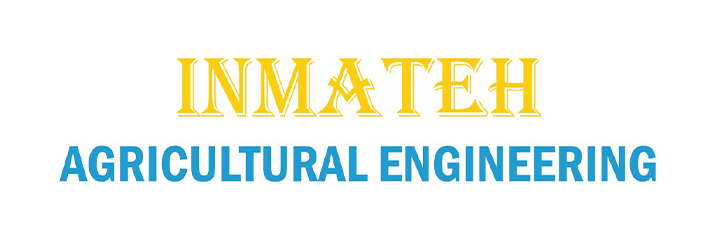DISCRETE ELEMENT MODELING AND PARAMETER CALIBRATION FOR CORYDALIS TUBER
延胡索离散元模型构建及参数标定
DOI : https://doi.org/10.35633/inmateh-76-02
Authors
Abstract
To address the lack of contact parameters between Corydalis tuber and mechanical, soil interfaces during planting, harvesting, and processing stages, this study calibrated discrete element simulation parameters for Corydalis tuber by combination of simulation tests and physical tests. 3D contour model of Corydalis tuber was obtained via 3D scanning technology, and a multi-sphere bonded particle model of Corydalis tuber was constructed by automatic filling method. Simulation tests were conducted with the restitution coefficient, static friction coefficient, and rolling friction coefficient between Corydalis tuber and Q235 steel, as well as between Corydalis tuber and soil, as independent variables. The rebound height, friction angle, and rolling distance were used as dependent variables. A second-order polynomial fitting method was applied to the experimental results. The actual test values were substituted into the polynomial equations to obtain simulation values for the contact parameters of Corydalis tuber with Q235 steel and soil, and these values were then validated against the experimental results. The findings indicate that the restitution coefficients of Corydalis tuber-Q235 steel and Corydalis tuber-soil were 0.728 and 0.44, respectively. The static friction coefficients of Corydalis tuber-Q235 steel and Corydalis tuber-soil were 0.41 and 0.76, respectively, while the rolling friction coefficients were 0.02 and 0.033, respectively. Under these conditions, the relative error between the simulation tests and physical tests was minimized. This study provides particle models and calibrated simulation contact parameters for mechanical processing tasks such as sowing, harvesting, and drying of Corydalis tuber.
Abstract in Chinese





